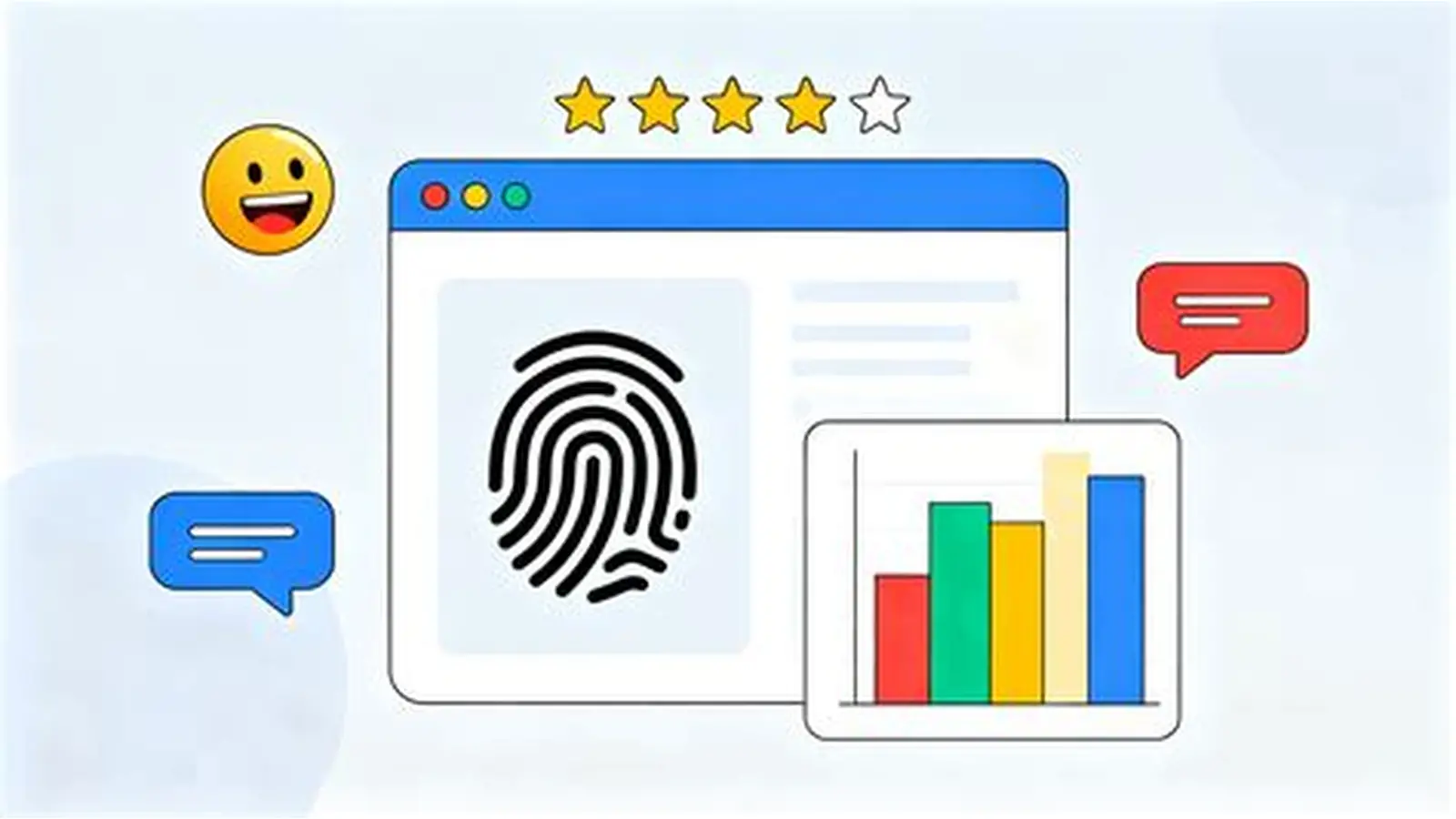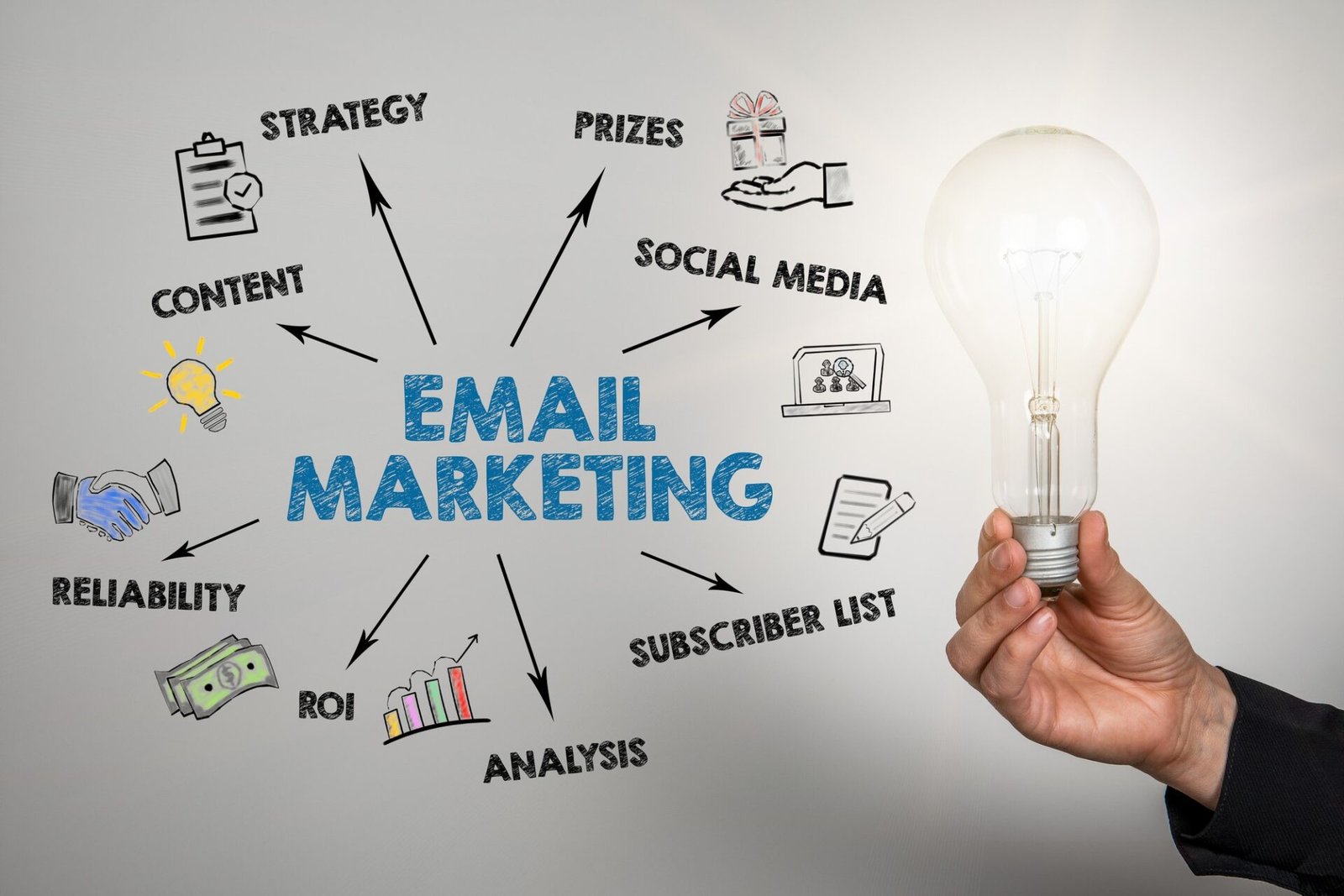Online advertising has evolved into a precise science thanks to data-driven insights. Marketers now have access to powerful analytics that reveal which campaigns perform best, which audiences convert, and where budgets are most effective. Leveraging these insights allows you to optimize your ads, reduce wasted spending, and maximize ROI. This guide shows how to use data effectively to improve online ads and achieve measurable results.

Understand Key Metrics
Before analyzing data, it’s crucial to know which metrics matter for your campaigns. Focusing on the right numbers helps you make informed decisions.
Important Metrics to Track:
-
Click-through rate (CTR) to measure ad engagement.
-
Conversion rate to determine effectiveness in driving actions.
-
Cost per click (CPC) or cost per acquisition (CPA) for budget efficiency.
-
Return on ad spend (ROAS) to evaluate profitability.
-
Impressions and reach to gauge audience exposure.
Understanding these metrics ensures your analysis focuses on actionable insights rather than vanity numbers.
Collect Data from Multiple Sources
Data-driven advertising relies on a variety of sources. Combining information from multiple platforms provides a comprehensive view of campaign performance.
Data Sources to Use:
-
Google Ads and Facebook Ads analytics.
-
Google Analytics for website behavior tracking.
-
CRM systems to monitor customer journeys.
-
Heatmaps and session recordings to understand user interaction.
Consolidating data enables more accurate analysis and decision-making.
Segment Your Audience
Not all users respond the same way to ads. Segmenting your audience based on behavior, demographics, or interests helps tailor messages effectively.
Segmentation Strategies:
-
Divide by age, gender, location, or device type.
-
Segment based on past purchase history or website activity.
-
Use engagement level to separate active users from dormant ones.
Segmented campaigns often result in higher CTRs and conversions because the ads are more relevant to each group.
Identify Patterns and Trends
Analyzing historical data allows you to spot patterns and trends that inform future campaigns.
What to Look For:
-
Peak engagement times for your audience.
-
Ad creatives or messages that consistently perform well.
-
Audience segments with the highest conversion rates.
-
Seasonal trends or external factors affecting performance.
Recognizing these patterns helps you optimize both targeting and creative strategies.
Optimize Ad Creative Based on Insights
Data reveals what resonates with your audience. Use these insights to improve your ad design, copy, and messaging.
Creative Optimization Tips:
-
Test different headlines, images, and CTAs using A/B testing.
-
Adjust visuals or copy to match top-performing content.
-
Use insights from high-engagement ads to guide new campaigns.
-
Continuously refine messaging based on feedback and performance.
Data-driven creative decisions reduce guesswork and improve overall campaign success.
Adjust Bidding and Budget Allocation
Data can show which campaigns or audiences deliver the best ROI. Use this information to adjust bidding strategies and allocate budgets more effectively.
Budget Optimization Strategies:
-
Increase bids for high-performing keywords or audiences.
-
Reduce spending on low-performing campaigns.
-
Test automated bidding strategies using performance data.
-
Allocate budget toward channels with the best conversion potential.
Smart budget allocation ensures maximum impact from your ad spend.
Monitor and Test Continuously
Online ad performance changes constantly, so ongoing monitoring is essential. Regular testing ensures campaigns remain effective over time.
Continuous Improvement Practices:
-
Run A/B tests to refine targeting, creative, and messaging.
-
Track daily or weekly performance metrics.
-
Make incremental changes based on data insights.
-
Learn from unsuccessful campaigns to avoid repeating mistakes.
Continuous monitoring allows you to adapt quickly to audience behavior and market shifts.
Leverage Predictive Analytics
Advanced data analytics can predict future trends and audience behavior. Predictive models help anticipate what campaigns will succeed before investing heavily.
How Predictive Analytics Helps:
-
Forecast conversion potential for different audience segments.
-
Identify high-value customers likely to engage with ads.
-
Suggest optimal times to run campaigns.
-
Optimize messaging for anticipated customer needs.
Using predictive insights can improve targeting and reduce wasted ad spend.
Use Data to Inform Cross-Channel Strategy
Data-driven insights are not limited to one platform. They can inform advertising strategies across multiple channels, creating a cohesive and efficient marketing approach.
Cross-Channel Data Applications:
-
Adjust messaging based on what works on social media versus search.
-
Retarget audiences who engaged with one platform on another.
-
Measure ROI holistically across all advertising channels.
-
Align campaigns for consistent brand messaging and user experience.
A unified strategy ensures maximum reach and effectiveness.
Conclusion
Using data-driven insights to improve online ads transforms campaigns from guesswork into precision marketing. By tracking key metrics, segmenting audiences, optimizing creative, and continuously testing, you can boost engagement, conversions, and ROI. In a competitive digital landscape, the brands that leverage data effectively will outperform their rivals and achieve measurable growth.











